What does Braking Transistor Overload Fault mean on my YASKAWA iQpump1000?
- JJason PriceAug 20, 2025
If the YASKAWA Controller displays a Braking Transistor Overload Fault, it indicates that the braking transistor has reached its overload level.




What does Braking Transistor Overload Fault mean on my YASKAWA iQpump1000?
If the YASKAWA Controller displays a Braking Transistor Overload Fault, it indicates that the braking transistor has reached its overload level.
What does Accumulated Level Fault mean on a YASKAWA iQpump1000?
An Accumulated Level Fault on the YASKAWA Controller means the total volume of water flow measured over time by the flow meter has exceeded the fault level setting.
What to do if YASKAWA DC Drives show operation errors?
If your YASKAWA DC Drives display operation errors, it's likely due to conflicting parameter settings or mismatches with the hardware setup. To resolve this, correct the settings that are causing the operation error. This should clear the error.
Why does my YASKAWA iQpump1000 Controller show a MEMOBUS/Modbus communication error?
A MEMOBUS/Modbus communication error on your YASKAWA Controller means that control data was not received for the CE detection time set to H5-09.
What does Control Board Connection Error mean on my YASKAWA iQpump1000?
If the YASKAWA Controller displays a Control Board Connection Error, this indicates that there is a connection error between the control board and the drive.
What does EEPROM Memory Data Error mean on my YASKAWA iQpump1000 Controller?
If the YASKAWA Controller displays an EEPROM Memory Data Error, this indicates there is an error in the data saved to EEPROM.
What causes a Drive Unit Signal Fault on a YASKAWA iQpump1000?
If the YASKAWA Controller displays a Drive Unit Signal Fault, it means the drive capacity cannot be detected correctly. This check happens when the drive is powered up.
What does SI-T3 Watchdog Timer Error mean on my YASKAWA Controller?
If the YASKAWA Controller displays SI-T3 Watchdog Timer Error, it means that the watchdog timed out.
What does Option Card External Fault mean on my YASKAWA iQpump1000?
If the YASKAWA Controller displays Option Card External Fault, it indicates that an external fault condition is present.
What does Pump Fault (input terminal S1) mean on my YASKAWA Controller?
If the YASKAWA Controller displays a Pump Fault (input terminal S1), it indicates there is an external fault at multi-function input terminal S1.
Verifies the correct model by checking the information on the nameplate.
Outlines specifications, procedures, and environment for proper mechanical installation.
Details dimensions and heat loss for flange type enclosures.
Illustrates standard connection procedures for the drive and peripheral devices.
Provides diagrams for wiring the main circuit of the drive.
Shows the different main circuit terminal arrangements for various drive capacities.
Instructions for detaching and attaching the HOA keypad and front cover.
Describes functions, specifications, and procedures for wiring the main circuit.
Outlines procedures for wiring control circuit terminals.
Explains connections for digital and analog inputs/outputs.
Details how to connect the drive to a PC via USB for software interaction.
Checklist for preparing the drive for start-up to ensure reliable operation.
Details the procedure for powering up the drive for the first time.
Guides the user in selecting application presets for common usage scenarios.
Explains how to use the HOA keypad for entering commands and changing parameters.
Lists presets and functions available for the iQpump drive.
Covers essential settings for initial drive operation and application presets.
Explains how to operate the drive with the motor decoupled from the load.
Details the procedure for running the motor and load together after initial setup.
Provides descriptions of drive faults, alarms, errors, and messages.
Details fault displays, causes, and possible solutions for drive protection.
Lists alarm codes, their causes, and possible solutions for troubleshooting.
Explains operator programming error codes, their causes, and solutions.
Lists auto-tuning fault codes, causes, and possible solutions.
Lists messages and errors that may appear when using the Copy function.
Lists messages and errors that may appear during normal pump operation.
Describes the types and operation of auto-tuning for induction motors.
Outlines procedures for inspecting the drive for proper function and condition.
Describes maintenance tasks to ensure maximum performance life.
Provides instructions for replacing the drive.
Provides instructions on installing option cards for the drive.
Lists power ratings for various drive models.
Details electrical and mechanical specifications of the drive.
Provides watt loss data for different drive models.
Explains drive derating considerations for ambient temperature and altitude.
Explains how to interpret parameter descriptions, symbols, and groups.
Covers parameters for setting the drive's operating environment and initial configuration.
Details parameters for configuring application-specific settings like run commands and PID control.
Parameters for adjusting acceleration/deceleration times, S-curves, and carrier frequency.
Parameters for setting frequency references and limits.
Parameters related to motor configuration and auto-tuning.
Parameters related to optional communication cards and I/O modules.
Details the functions assignable to multi-function input and output terminals.
Covers parameters for drive and motor protection features.
Parameters for advanced performance adjustments like hunting prevention.
Settings related to the HOA keypad display and functions.
Lists all pump-specific parameters for configuration and operation.
Parameters for configuring PID control loops for pressure, water level, and suction.
Parameters for special application functions like dynamic noise control.
Parameters for performing motor tuning for optimal performance.
Parameters for viewing drive status, fault information, and operational data.
Explains how to configure MEMOBUS/Modbus communication settings.
Details the communication parameters for MEMOBUS/Modbus.
Provides instructions on connecting the drive to a MEMOBUS/Modbus network.
Lists parameters for setting up MEMOBUS/Modbus communication.
Describes how to observe and control the drive using MEMOBUS/Modbus.
Explains the timing for command and response messages in MEMOBUS/Modbus.
Details the format of MEMOBUS/Modbus messages, including command data and error checks.
Provides examples of MEMOBUS/Modbus command and response messages.
Lists all MEMOBUS/Modbus data, including register numbers and contents.
Explains the types and functions of Enter commands for parameter changes.
Lists MEMOBUS/Modbus error codes and their possible solutions.
Describes the self-diagnosis function for serial communication interface circuits.
Explains CE mark compliance, Low Voltage Directive, and EMC guidelines.
Details UL/cUL standards compliance, motor overload protection, and branch circuit protection.
| Brand | YASKAWA |
|---|---|
| Model | iQpump1000 |
| Category | Controller |
| Language | English |
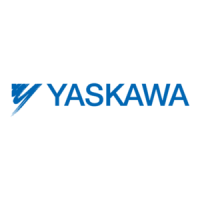
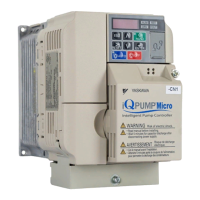


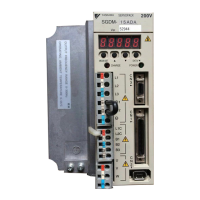
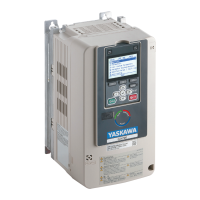
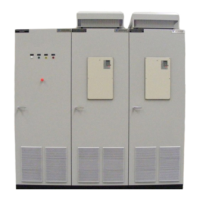
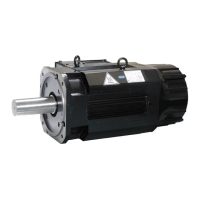
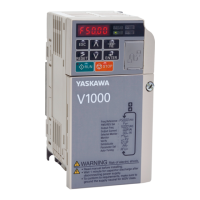
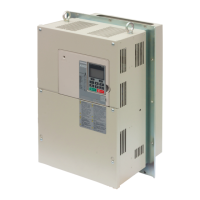
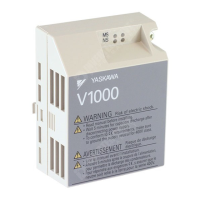
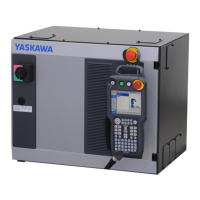
